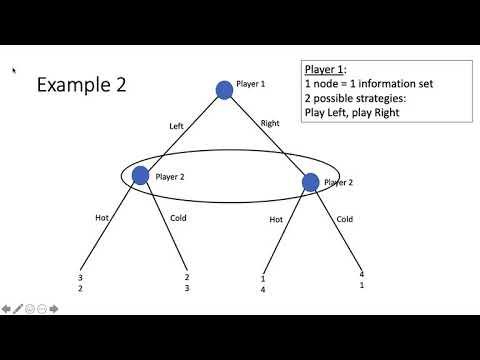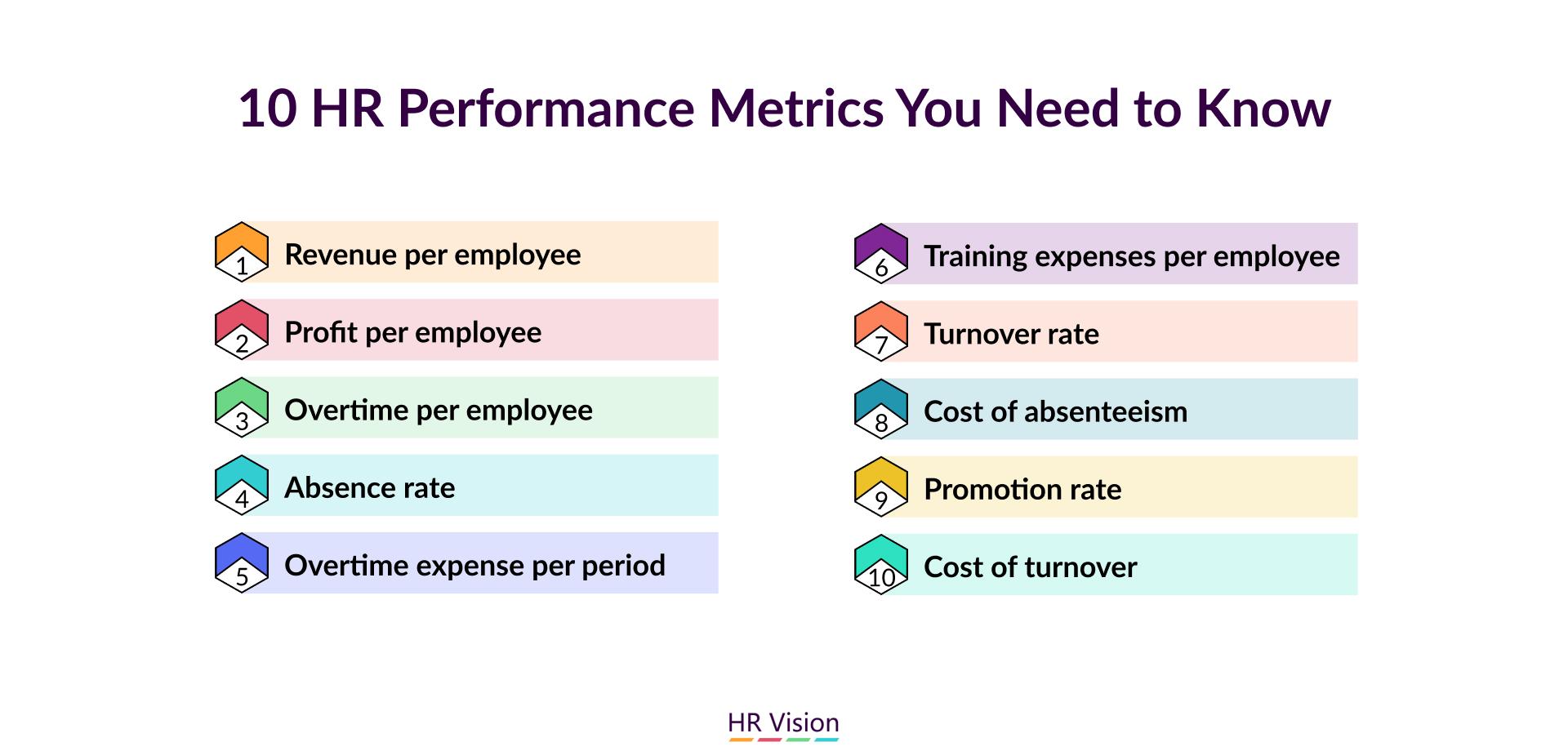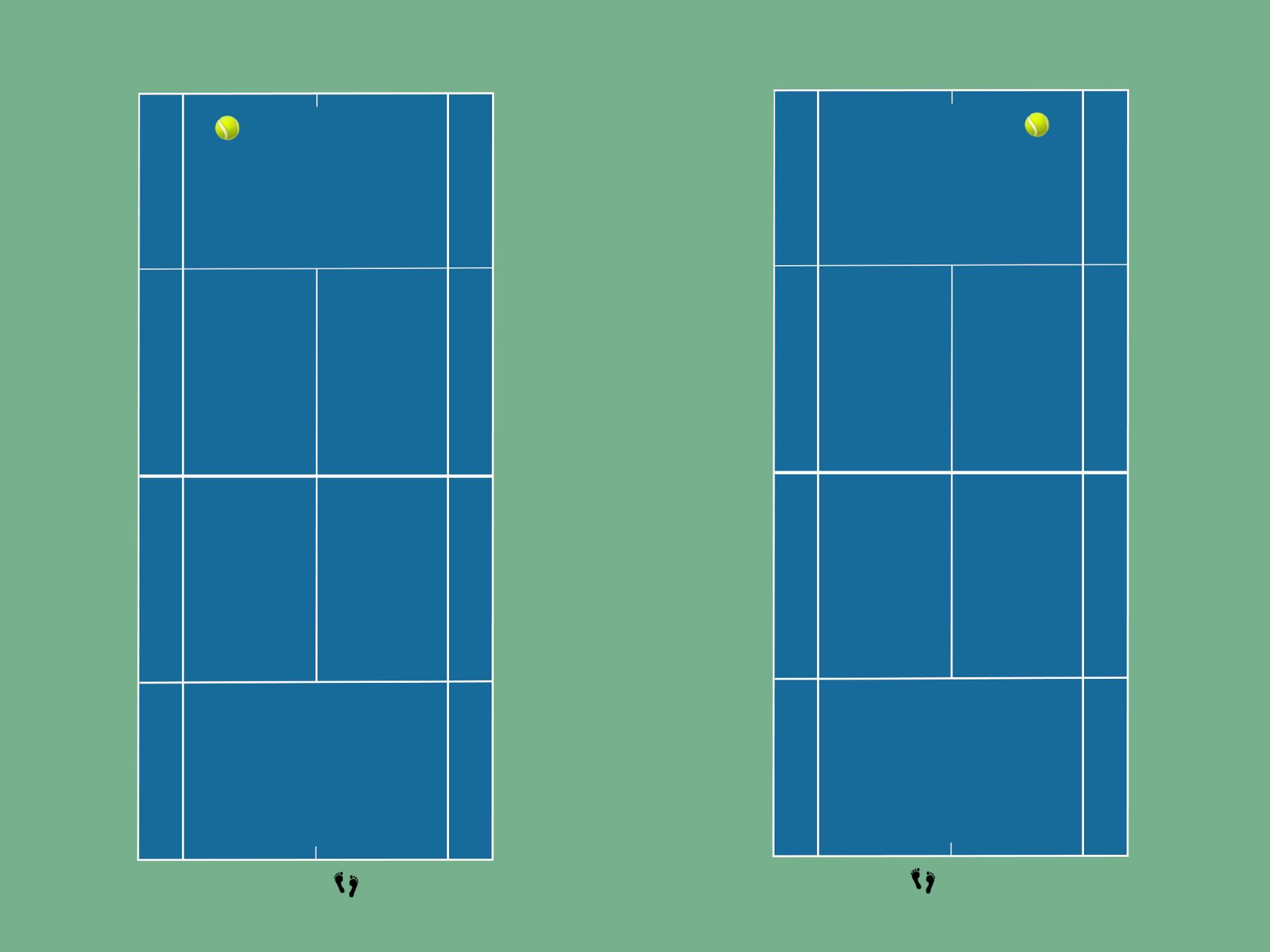In the world of sports, few spectacles rival the elegance and intensity of a tennis match. From the first serve to the final rally, the game unfolds like a carefully choreographed dance, where each player strives to outmaneuver the other with a blend of skill, strategy, and mental fortitude. Yet beneath the surface of this seemingly straightforward contest lies a complex tapestry of tactics, statistics, and psychological elements that can dramatically influence the outcome. In this article, we delve into the art of tennis match analysis, exploring the key factors that shape performance on the court. By dissecting strategies, examining player statistics, and considering the mental game, we aim to illuminate the intricacies of tennis matches—revealing not just who won or lost, but the deeper narratives that make each match a compelling story in its own right. Join us as we serve up insights that will enhance your understanding and appreciation of this timeless sport.
Table of Contents

Understanding Player Strategy from Serve to Smash
The intricacies of player strategy unfold like a well-choreographed dance on the tennis court. From the moment a player serves, they engage in a psychological battle, leveraging their strengths while analyzing their opponent’s weaknesses. Key factors to consider include:
- Serve Placement: Deciding between a flat, slice, or topspin serve can significantly impact how the opponent responds.
- Return Strategy: Players often aim for either deep returns to push opponents back or short returns to draw them in.
- Strokes Variation: Alternating between power shots and precise angles keeps opponents guessing.
As the match progresses, understanding player strategy becomes increasingly critical, especially in setting up for powerful smashes. Observing aspects such as court positioning and shot selection can reveal potential game changers. A practical analysis can be structured as follows:
| Player Action |
Strategic Purpose |
| Half-Volley |
Disrupts opponent’s rhythm |
| Drop Shot |
Forces opponent to run forward |
| Baseline Rally |
Builds point pressure |
By examining these tactical decisions, one can better appreciate the depth of strategy that defines each match. For more insights into tennis analysis, visit betreward.com.

Understanding performance metrics in tennis offers valuable insights into player capabilities and match dynamics. Key statistics like first serve percentage, break points saved, and winners to unforced errors ratio can significantly impact the outcome of a match. By analyzing these metrics, one can discern patterns that may not be immediately visible during live play. For instance, a player with a high first serve percentage may not only dominate their service games but also disrupt their opponent’s rhythm. Monitoring these stats allows coaches and analysts to tailor strategies that enhance strengths and mitigate weaknesses.
Moreover, maintaining a thorough record of rally lengths, net approaches, and court positioning adds another layer to match analysis. Tracking these aspects can reveal a player’s tactical preferences and physical stamina throughout the game. A visual representation can assist in breaking down performance over time. Below is an example of how different metrics align in a competitive setting:
| Metric |
Player A |
Player B |
| First Serve Percentage |
72% |
65% |
| Break Points Saved |
4/5 (80%) |
2/3 (66%) |
| Winners to Unforced Errors |
25:10 |
18:15 |
As you delve deeper into tennis match analysis, resources such as betreward.com can further assist in understanding these metrics and their implications on players’ performances.

Evaluating Court Positioning: The Key to Winning Points
In the high-stakes world of tennis, understanding court positioning can dramatically influence the outcome of a match. Players who excel in this area exhibit a keen awareness of their surroundings, allowing them to anticipate their opponent’s moves and adjust their own strategies in real-time. Effective court positioning involves not only where a player stands but also how they move throughout the game. Key factors to consider include:
- Anticipation: Reading your opponent’s body language and shot selection.
- Footwork: Quick and efficient movement to reach the ball with optimal positioning.
- Angles: Utilizing the geometry of the court to create advantageous shot opportunities.
When analyzing matches, it becomes evident that players who dominate the court often do so by adhering to strategic fundamentals and maintaining a strong mental focus. The following table summarizes common positioning strategies and their effectiveness:
| Positioning Strategy |
Effectiveness |
| Staying near the baseline |
High against deeper shots |
| Employing net plays |
High when closing points |
| Moving towards the sidelines |
Effective for covering angles |
By mastering the art of court positioning, players can not only enhance their defensive capabilities but also create opportunities to attack, leading to a higher chance of winning points. For more in-depth strategies and analysis, check out betreward.com.

Anticipating Opponent Moves: The Art of Reading the Game
In the high-stakes environment of professional tennis, the ability to anticipate an opponent’s next move can often be the determining factor between victory and defeat. Players develop a keen sense of observation and awareness, honing their skills through countless hours of practice and match play. By paying close attention to their opponent’s body language, stance, and previous shots, players can begin to build a mental repertoire that helps them predict where the ball is likely to go next. Some key indicators include:
- Grip and Hand Position: The way a player holds their racket can indicate the type of shot they intend to execute.
- Footwork: Quick lateral movements often signify a player is preparing for a powerful return.
- Head and Eye Movement: A shift in focus can reveal a player’s target area on the court.
This mental chess game deepens with the match’s progression, as patterns start to emerge. Players often analyze not only their opponents but also the court dynamics and conditions. Factors like wind direction or surface type can drastically affect gameplay. An effective way to counter these variables is by maintaining flexibility in strategy, allowing players to adapt and respond to evolving circumstances. Some tactics to consider include:
- Mapping Shot Patterns: Keeping track of a player’s favored shots can lead to better positioning.
- Anticipating Serve Styles: Different serves can signal different return strategies.
- Exploiting Weaknesses: Identifying areas of vulnerability in an opponent’s game can provide openings for strategic attacks.
To further enhance game analysis, players can utilize external resources that provide insights and statistics tailored to their performance, such as betreward.com. With the right combination of observation, anticipation, and strategy, athletes can significantly elevate their game and increase their competitive edge.
Q&A
Q&A: Tennis Match Analysis
Q1: What is tennis match analysis?
A1: Tennis match analysis involves the detailed examination of a match to evaluate players’ performance, strategies, shot selections, and overall gameplay. Analysts often utilize data, statistics, and visual tools to gain insights into the dynamics of individual matches or players’ overall trends.
Q2: Why is match analysis important for players?
A2: Match analysis is crucial for players as it helps identify strengths and weaknesses in their game. By understanding their performance and the strategies employed by opponents, players can make informed adjustments to their training and competitive approaches, ultimately leading to improved results.
Q3: How is data collected during a match?
A3: Data is collected through various means, such as video footage, tracking software, and manual statistics recording. Advanced tools like Hawk-Eye technology provide real-time data on ball trajectory, speed, and player movements, allowing for comprehensive breakdowns of points and rallies.
Q4: What key statistics are commonly analyzed?
A4: Common statistics include first-serve percentage, aces, double faults, unforced errors, break points converted, and total points won. Analysts may also assess shot placement, movement patterns, and player court positioning to gain deeper insights into performance metrics.
Q5: Can match analysis benefit coaches?
A5: Absolutely! Coaches rely heavily on match analysis to tailor their training methods and refine their game plans. By reviewing analyses, they can pinpoint areas where a player might need improvement or adjust strategies to exploit weaknesses in upcoming opponents.
Q6: How can fans utilize match analysis?
A6: Fans can engage with match analysis to enhance their understanding of the game, read expert breakdowns, and appreciate the nuances of competitive play. This knowledge can deepen their enjoyment of matches and foster discussions around tactics, player styles, and match outcomes.
Q7: What tools are emerging in tennis match analysis?
A7: Recent developments include AI-driven analytics, machine learning algorithms for predictive modeling, and cutting-edge wearable technology that tracks players’ physical performance. These innovations facilitate quicker assessments and allow for even more detailed and nuanced analysis.
Q8: Does match analysis change the perception of a player’s performance?
A8: Yes, match analysis can often shift the perception of a player’s performance. A player may appear to struggle during a match, but a closer look through analytical tools could reveal the influence of external factors, such as weather conditions or the opponent’s unique gameplay, thereby providing a more contextual view of their performance.
Q9: What does the future hold for tennis match analysis?
A9: The future of tennis match analysis is poised to be more intricate and insightful, with advancements in technology enhancing the precision of data collection and interpretation. The integration of virtual reality could also enable players and coaches to simulate matches, applying analytical insights in a controlled environment for more effective training.
Q10: How can one get started in tennis match analysis?
A10: To begin, enthusiasts can study match footage, familiarize themselves with common statistics, and utilize online resources or software designed for performance analysis. Joining forums or communities of analysts and coaches can provide valuable insights and foster discussions that enhance one’s analytical skills.
Concluding Remarks
In the intricate dance between players on the court, every serve, volley, and rally holds a story waiting to be uncovered. Through the lens of tennis match analysis, we’ve explored not only the numerical data that defines the game but also the subtle nuances that can sway the outcome. From the patterns of play to the psychological undercurrents, understanding these elements enriches our appreciation of the sport and enhances our ability to anticipate what might come next.
As the final point is played and the dust settles on the court, it’s clear that the realm of tennis extends beyond mere scores. It invites us to delve deeper, to engage with the strategies and skills that define top-tier performance. As we look ahead to the next thrilling match, let us carry forward the insights we’ve gained, reminding ourselves that every competition is not just a test of athletic prowess but a complex tapestry woven with tactics, resilience, and human spirit. With each new analysis, we bring ourselves closer to understanding the game we love—and perhaps, discovering what it truly means to compete.


Tennis match analysis
In the world of sports, few spectacles rival the elegance and intensity of a tennis match. From the first serve to the final rally, the game unfolds like a carefully choreographed dance, where each player strives to outmaneuver the other with a blend of skill, strategy, and mental fortitude. Yet beneath the surface of this seemingly straightforward contest lies a complex tapestry of tactics, statistics, and psychological elements that can dramatically influence the outcome. In this article, we delve into the art of tennis match analysis, exploring the key factors that shape performance on the court. By dissecting strategies, examining player statistics, and considering the mental game, we aim to illuminate the intricacies of tennis matches—revealing not just who won or lost, but the deeper narratives that make each match a compelling story in its own right. Join us as we serve up insights that will enhance your understanding and appreciation of this timeless sport.
Table of Contents
Understanding Player Strategy from Serve to Smash
The intricacies of player strategy unfold like a well-choreographed dance on the tennis court. From the moment a player serves, they engage in a psychological battle, leveraging their strengths while analyzing their opponent’s weaknesses. Key factors to consider include:
As the match progresses, understanding player strategy becomes increasingly critical, especially in setting up for powerful smashes. Observing aspects such as court positioning and shot selection can reveal potential game changers. A practical analysis can be structured as follows:
By examining these tactical decisions, one can better appreciate the depth of strategy that defines each match. For more insights into tennis analysis, visit betreward.com.
Decoding Performance Metrics: A Closer Look at Stats
Understanding performance metrics in tennis offers valuable insights into player capabilities and match dynamics. Key statistics like first serve percentage, break points saved, and winners to unforced errors ratio can significantly impact the outcome of a match. By analyzing these metrics, one can discern patterns that may not be immediately visible during live play. For instance, a player with a high first serve percentage may not only dominate their service games but also disrupt their opponent’s rhythm. Monitoring these stats allows coaches and analysts to tailor strategies that enhance strengths and mitigate weaknesses.
Moreover, maintaining a thorough record of rally lengths, net approaches, and court positioning adds another layer to match analysis. Tracking these aspects can reveal a player’s tactical preferences and physical stamina throughout the game. A visual representation can assist in breaking down performance over time. Below is an example of how different metrics align in a competitive setting:
As you delve deeper into tennis match analysis, resources such as betreward.com can further assist in understanding these metrics and their implications on players’ performances.
Evaluating Court Positioning: The Key to Winning Points
In the high-stakes world of tennis, understanding court positioning can dramatically influence the outcome of a match. Players who excel in this area exhibit a keen awareness of their surroundings, allowing them to anticipate their opponent’s moves and adjust their own strategies in real-time. Effective court positioning involves not only where a player stands but also how they move throughout the game. Key factors to consider include:
When analyzing matches, it becomes evident that players who dominate the court often do so by adhering to strategic fundamentals and maintaining a strong mental focus. The following table summarizes common positioning strategies and their effectiveness:
By mastering the art of court positioning, players can not only enhance their defensive capabilities but also create opportunities to attack, leading to a higher chance of winning points. For more in-depth strategies and analysis, check out betreward.com.
Anticipating Opponent Moves: The Art of Reading the Game
In the high-stakes environment of professional tennis, the ability to anticipate an opponent’s next move can often be the determining factor between victory and defeat. Players develop a keen sense of observation and awareness, honing their skills through countless hours of practice and match play. By paying close attention to their opponent’s body language, stance, and previous shots, players can begin to build a mental repertoire that helps them predict where the ball is likely to go next. Some key indicators include:
This mental chess game deepens with the match’s progression, as patterns start to emerge. Players often analyze not only their opponents but also the court dynamics and conditions. Factors like wind direction or surface type can drastically affect gameplay. An effective way to counter these variables is by maintaining flexibility in strategy, allowing players to adapt and respond to evolving circumstances. Some tactics to consider include:
To further enhance game analysis, players can utilize external resources that provide insights and statistics tailored to their performance, such as betreward.com. With the right combination of observation, anticipation, and strategy, athletes can significantly elevate their game and increase their competitive edge.
Q&A
Q&A: Tennis Match Analysis
Q1: What is tennis match analysis?
A1: Tennis match analysis involves the detailed examination of a match to evaluate players’ performance, strategies, shot selections, and overall gameplay. Analysts often utilize data, statistics, and visual tools to gain insights into the dynamics of individual matches or players’ overall trends.
Q2: Why is match analysis important for players?
A2: Match analysis is crucial for players as it helps identify strengths and weaknesses in their game. By understanding their performance and the strategies employed by opponents, players can make informed adjustments to their training and competitive approaches, ultimately leading to improved results.
Q3: How is data collected during a match?
A3: Data is collected through various means, such as video footage, tracking software, and manual statistics recording. Advanced tools like Hawk-Eye technology provide real-time data on ball trajectory, speed, and player movements, allowing for comprehensive breakdowns of points and rallies.
Q4: What key statistics are commonly analyzed?
A4: Common statistics include first-serve percentage, aces, double faults, unforced errors, break points converted, and total points won. Analysts may also assess shot placement, movement patterns, and player court positioning to gain deeper insights into performance metrics.
Q5: Can match analysis benefit coaches?
A5: Absolutely! Coaches rely heavily on match analysis to tailor their training methods and refine their game plans. By reviewing analyses, they can pinpoint areas where a player might need improvement or adjust strategies to exploit weaknesses in upcoming opponents.
Q6: How can fans utilize match analysis?
A6: Fans can engage with match analysis to enhance their understanding of the game, read expert breakdowns, and appreciate the nuances of competitive play. This knowledge can deepen their enjoyment of matches and foster discussions around tactics, player styles, and match outcomes.
Q7: What tools are emerging in tennis match analysis?
A7: Recent developments include AI-driven analytics, machine learning algorithms for predictive modeling, and cutting-edge wearable technology that tracks players’ physical performance. These innovations facilitate quicker assessments and allow for even more detailed and nuanced analysis.
Q8: Does match analysis change the perception of a player’s performance?
A8: Yes, match analysis can often shift the perception of a player’s performance. A player may appear to struggle during a match, but a closer look through analytical tools could reveal the influence of external factors, such as weather conditions or the opponent’s unique gameplay, thereby providing a more contextual view of their performance.
Q9: What does the future hold for tennis match analysis?
A9: The future of tennis match analysis is poised to be more intricate and insightful, with advancements in technology enhancing the precision of data collection and interpretation. The integration of virtual reality could also enable players and coaches to simulate matches, applying analytical insights in a controlled environment for more effective training.
Q10: How can one get started in tennis match analysis?
A10: To begin, enthusiasts can study match footage, familiarize themselves with common statistics, and utilize online resources or software designed for performance analysis. Joining forums or communities of analysts and coaches can provide valuable insights and foster discussions that enhance one’s analytical skills.
Concluding Remarks
In the intricate dance between players on the court, every serve, volley, and rally holds a story waiting to be uncovered. Through the lens of tennis match analysis, we’ve explored not only the numerical data that defines the game but also the subtle nuances that can sway the outcome. From the patterns of play to the psychological undercurrents, understanding these elements enriches our appreciation of the sport and enhances our ability to anticipate what might come next.
As the final point is played and the dust settles on the court, it’s clear that the realm of tennis extends beyond mere scores. It invites us to delve deeper, to engage with the strategies and skills that define top-tier performance. As we look ahead to the next thrilling match, let us carry forward the insights we’ve gained, reminding ourselves that every competition is not just a test of athletic prowess but a complex tapestry woven with tactics, resilience, and human spirit. With each new analysis, we bring ourselves closer to understanding the game we love—and perhaps, discovering what it truly means to compete.